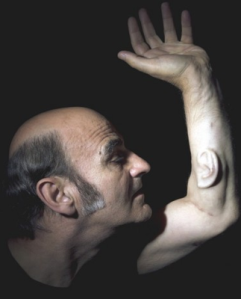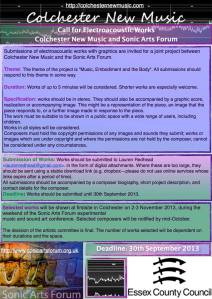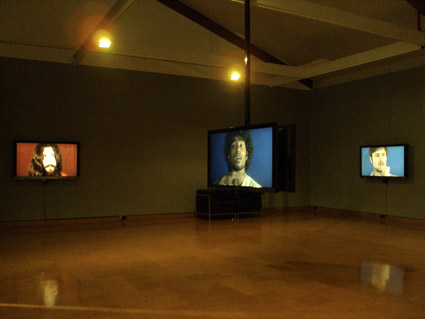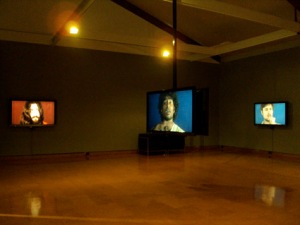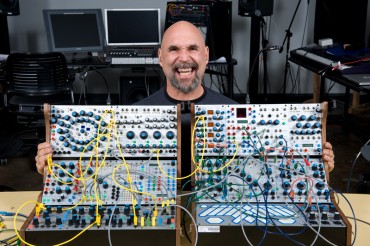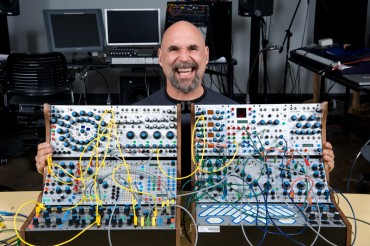2013 will mark the 11th anniversary of the annual Journeys Across Media (JAM) Conference for postgraduate students, organised by postgraduates working in the Department of Film, Theatre & Television at the University of Reading. JAM 2013 seeks to focus on and foster current research relating to the Body and the Digital, as today they are interactive and interdependent facets in the media of film, theatre and television; and more widely, in the areas of performance and art. It is a relationship which continues to develop and redefine cinematic, televisual and theatrical practices.
This is a call for postgraduates engaging in contemporary discourses and practices relating to the Body and the Digital, to submit papers or practice-based research for the JAM 2013 Conference. Topics may include, but are not restricted to:
- Interactivity between Digital languages and the Body
- Sonic Representations of the Body in Digital Performance
- The Digitized Body in Performance
- The Role of the Body in Digital Games and Virtual Performance
- Post-Colonial Bodies in the Contemporary Moment
- Preparing the Body for Performance
- Notions of Embodiment (i.e. Violent, Disabled, Explicit)
- Traditions of Corporeally focused Film, Theatre and Television
- Embodied Spectatorship or Audiences, and Physicality
- Phenomenology of the Lived, Performed and Screened Body
- The Haunted Body
- Politics of the Body
- Unconventional and Other Bodies
The body, its presence, perceptions and experience, are becoming increasingly underpinned and influenced by the digital age. JAM 2013 will endeavour to open a dialogue about the relationship between the body and digital in contemporary scholarship and practice, posing many questions including: How does the body encounter digital media and how do digital media frames position the body – both in mainstream iterations, social media contexts and in art/installation/performance contexts? Furthermore, it will also be worth considering how digital technology has affected the way that humans approach unfamiliar body movement traditions, beyond regional and national borders?
JAM 2013 will provide a discussion forum for current and developing research in film, theatre, television and new media. Previous delegates have welcomed this opportunity to gain experience of presenting their work at different stages of their development, while having the opportunity to meet and form contacts with fellow postgraduate students. Furthermore, participants at JAM 2013 have the possibility of being published in the Journal of Media Practice.
Non-Presenting delegates are also very welcome to attend this conference.
CALL FOR PAPERS deadline: 1st February 2013
Please send a 250-word abstract for a fifteen minute paper and a 50-word biographical note to Johnmichael Rossi, Gary Cassidy, Edina Husanovic, Shelly Quirk, Matthew McFrederick at jam2013@pgr.reading.ac.uk .
CALL FOR PRACTICE-BASED WORK deadline: 1st February 2013
Continuing from the success of last year’s JAM 2012 Conference: Time Tells, which experimented with conference structure to include live performances, film screenings and installations taking place throughout the day, we invite artists working in various mediums to propose presentations of their work, relevant to the conference theme. Please send a 250-word outline describing the piece you are proposing to present, as well as duration and any specific technical/space requirements, and a 50-word biographical note. Relevant images and links to your work would also be helpful. As outlined above please e-mail the Conference organisers at jam2013@pgr.reading.ac.uk .
We would appreciate the distribution of this call for papers and wider promotion of this conference through your networks. Journeys Across Media is supported by the Department of Film, Theatre & Television at Reading and the Standing Conference of University Drama Departments.
